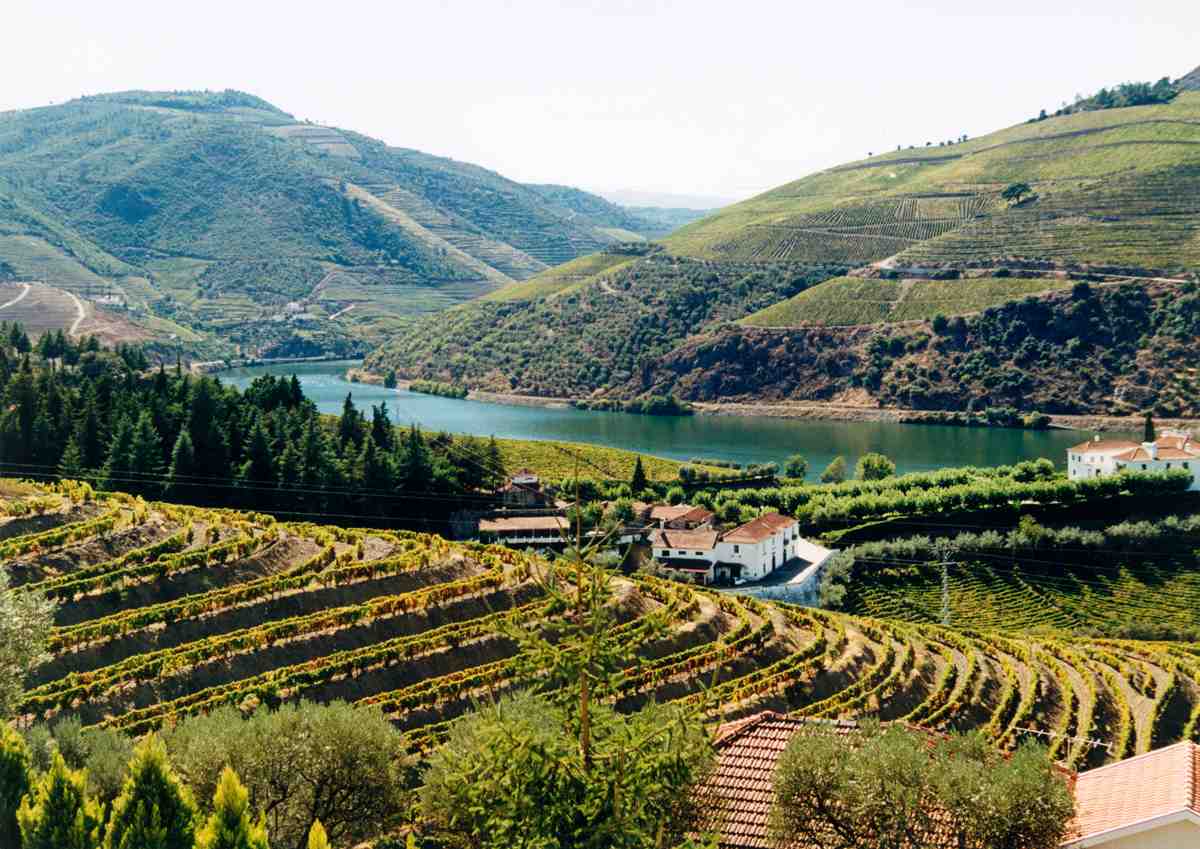
Portuguese wines usually predominantly are connected with the names of Port and Madeira. Two other sweet wines have also a high reputation: Moscatel de Setúbal and Carcavelos – all four wines sweet and alcohol-fortified.
Port wine, mentioned in its history first time in 1678 by name, already in the year 1756 has been object of a comprehensive quality control, which has been launched by Marqués de Pombal, Minister of the Interior of the Portuguese Crown. Nowadays, the Instituto dos Vinhos do Douro e do Porto (IVDP) takes care of the quality of the port wine. From the more than 80 grape varieties grown in the valleys of the Douro and its tributaries, one produce white, rosé, red (ruby) and tawny port wines. In total there are 10 different wine styles of Ruby or Tawny port wine.
Madeira has a similarly long history, and here too there is a institution, the Instituto do Vinho da Madeira, which takes care of the quality and marketing of the Madeira wines. Viticulture takes place in different altitudes of the cultivation areas in the south and north of the island. The typical malty and caramel taste of Madeira is created by the heat treatment during the winemaking process. From the white grape varieties Sercial, Verdelho, Bual and Malvasia one produce high quality wines of different Wine styles Madeira, while the cheaper wine varieties of Madeira are usually made from the red grape Tinta Negra Mole.
Moscatel de Setúbal, made predominantly from Muscat d’Alexandrie, differs significantly from other alcohol-fortified Portuguese wines: after stopping the fermentation with pure alcohol, the wine remains on the grape skins for at least another three months or even a year. Afterwards the wine will be matured for another three to five years in barrels. As a result, the wine gains spicy and chocolaty aromas.
In Caracvelos, near the coast west of Lisbon, exists a sweet-wine of the same name. Twelve different grape varieties are permitted for the production, the most important is Galego Dourado Branco. Like Moscatel de Setúbal, there is a distinctive feature in the production process of the Carcavelos: The already alcohol-fortified base wine is sweetened with the alcohol-fortified Vinho Abofado, a grape must whose fermentation was interrupted early by fortification with alcohol too. This process is followed by at least two years maturation in wooden barrels, which leads to the darker flavors of Carcavelos. Regarding the style, the wine is similar to certain Madeira wines, but its acidity is lower. According to the regulations of the DO Carcavelos the wine may have a maximal residual sugar content of 150 grams per liter, however most wines are usually below this value.
The Azores wine-growing regions, especially Pico, produce high-acidity, alcohol-rich wines, mainly made of Arinto do Açores, Terrantez do Pico and Verdelho, which are produced in the versions dry, semi-dry and sweet. If grapes has been harvested very mature, these wines are sometimes offered without alcohol-fortification as Late Harvest.
You can find in many other portuguese winegrowing areas alcohol-enhanced wines, – usually in all sweet grades – and sweet Late Harvest wines without alcohol-fortification, for example in the wine regions Douro, Tejo and, above all in Setúbal, Palmela and Arrábida on the peninsula of Setúbal.
More about sweet wines from France, Italy, Portugal and Greece.